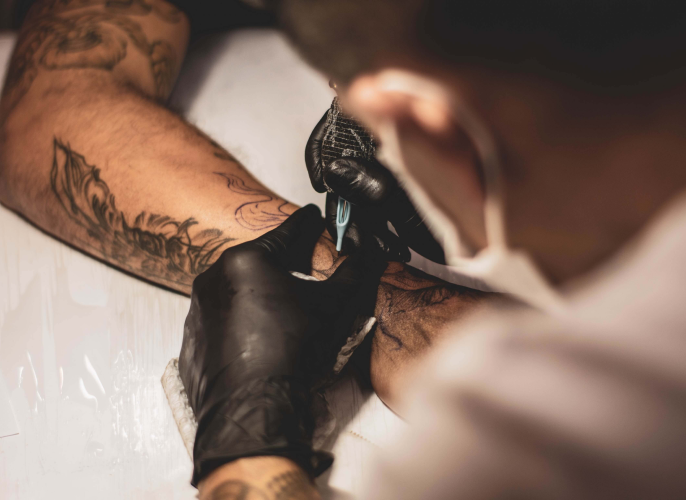The price of a tattoo isn't arbitrary; it is determined by several key aspects, with the qualification and experience of the tattoo artist being paramount. Artists with established reputations and impressive portfolios charge more for their work because they offer not only art but also a guarantee of quality.
On the other hand, beginners in the tattoo industry, offering services at more attractive prices, may lead to unwanted surprises.
Selecting a tattoo artist is a crucial step that influences not only the appearance of your future tattoo but also its significance throughout your life.
The selection process should not be limited to comparing price offers. A detailed review of each potential artist's portfolio is essential.
The portfolio allows you to evaluate the artist's work style, their ability to work with different techniques, and their capability to bring the boldest ideas to life. A tattoo artist’s portfolio acts as a résumé, showcasing their best work.
By examining the portfolio, you can assess not only the quality of the tattoos but also the level of detail, color saturation, and the artist's ability to convey depth and emotion in their designs. This will help you determine how well their style aligns with your expectations and desired results.
The cost of a tattoo is directly influenced by its complexity. Various factors, such as basic black and white images or color techniques that include detailing, gradients, and creating a three-dimensional effect, significantly impact the final price.
Specializing in realism, for example, is one of the most challenging directions in tattooing, requiring the artist to have profound knowledge and skills, as well as considerable time and experience to achieve high-quality work. Therefore, choosing an artist capable of mastering this technique should be particularly careful and thoughtful.
The size of the tattoo directly affects the final price of the work. Large designs covering significant areas of skin require more time and materials from the artist, which, in turn, increases the cost. However, there is a trend where the cost per square centimeter decreases as the overall size of the tattoo increases.
This means that a larger tattoo might be cheaper per square centimeter compared to a smaller one. Carefully calculating the area of the future design allows for a more accurate determination of the total cost. It's important to remember that each additional centimeter of the tattoo not only adds to the overall price but also increases the time required to complete it.
The location on your body for the tattoo and the color palette to be used play significant roles in determining the final cost of your future tattoo. Even a small use of anesthetics can influence the price, although not significantly. If you are interested in specific figures and want to know how much your idea realized in a tattoo might cost, visit us at the VEAN tattoo studio, where we are always happy to help.





